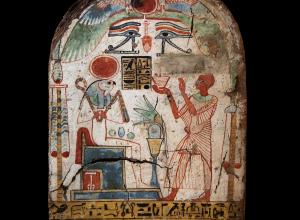In this video, artist Huma Bhabha and curator Shanay Jhaveri discuss her sculpture We Come in Peace, the 2018 site-specific installation for The Met's Iris and B. Gerald Cantor Roof Garden, the sixth in a series of commissions for the outdoor space. Bhabha's work addresses themes of colonialism, war, displacement, and memories of place. Using found materials and the detritus of everyday life, she creates haunting human figures that hover between abstraction and figuration, monumentality and entropy.
Art News
A fine late-17th century quarter repeating table clock by Thomas Tompion sold for £248,750 at Bonhams Fine Clocks Sale in London on Wednesday 11 July.
This week the Museum of Modern Art debuted the first major US exhibition devoted to the architecture of Yugoslavia. Toward a Concrete Utopia: Architecture in Yugoslavia, 1948–1980, uses over 400 objects related to architecture and design to examine this critical period in the nation's history.
Photographer Rinko Kawauchi discusses her interest in the small mysteries of everyday life, which she explores in her series Utatane (2001). She explains why she was drawn to the sublime beauty of the controlled burning of grasslands in Japan for her series Ametsuchi (2012–13), and reflects on how her photography comes from a state between dreams and waking.
From 20 July to 21 September, Sotheby’s S│2 London will present two solo exhibitions: one dedicated to Japanese artist, Tsuyoshi Maekawa, in gallery one, and the other to British sculptor, Ewen Henderson in gallery two.
An array of optical illusions, trompe l’oeil, and hyperrealism are on display in Chicago Works: Mika Horibuchi, now at the MCA Chicago. Horibuchi’s work plays with the nature of reality, upending viewers expectations. One of her pieces references an ambiguous 19th Century duck/rabbit illustration; her deceptively simple painting could be either a bunny or a duckling in repose, depending on the viewer's perception.
Follow V&A Conservators as they treat an elaborately decorated Japanese palanquin in our collection. Known as a ‘norimono’ in Japanese, meaning ‘thing to ride’, this box-like enclosed chair would have carried a bride of high social-rank to the groom’s home after their wedding. Conservation work included stabilising areas of lifting laquer on the surface decoration, which had been beautifully created using the ‘maki-e’ technique, meaning ‘sprinkled picture’.
Washington, DC—Prints and drawings have consistently served as popular media for humor in art. Prints, which can be widely replicated and distributed, are ideal for institutional mockery and social criticism, while drawings, unmediated and private, allow for free rein of the imagination. Sense of Humor will celebrate the rich yet often overlooked tradition of humor in works on paper, ranging from the 15th to 20th century.
Phillips Auction House has a new exhibition this summer that brings together fashion, art, culture, and charity. Curated by Elizabeth Semmelhack, Senior Curator at the Bata Shoe Museum in Toronto, Tongue + Chic features shoes designed by some of today’s most important artists, including KAWS, Kehinde Wiley, Jenny Holzer, Damien Hirst and Takashi Murakami. Borrowed from private collections and museums, the objects on display show that shoes are a blank canvas with unlimited potential for expression.
Polish born artist Goshka Macuga is known for taking on the role of curator and archivist within her practice. We visit Goshka in her London Studio as she explains her meticulous research process and shows us her archive collection of the forgotten Czech photographer Miroslav Tichý.
Working across mediums such as woven tapestry, sculpture and collage, she collaborates with other artists to create intricate pieces, as seen in this episode.


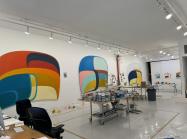
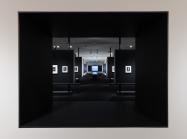
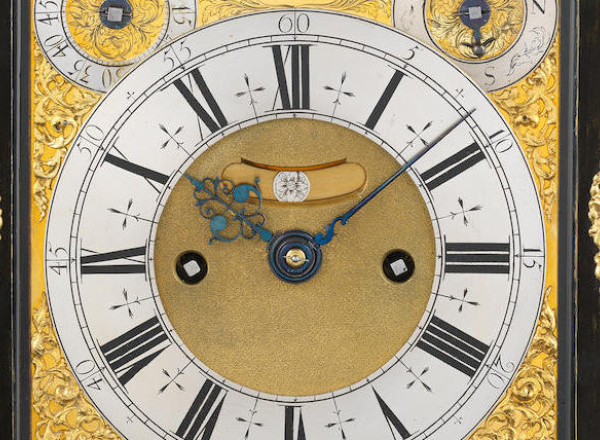
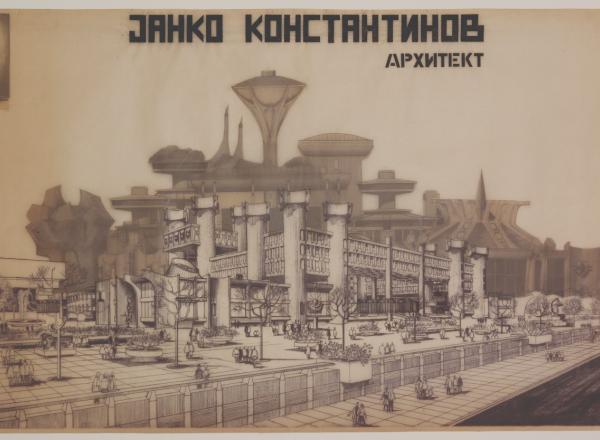
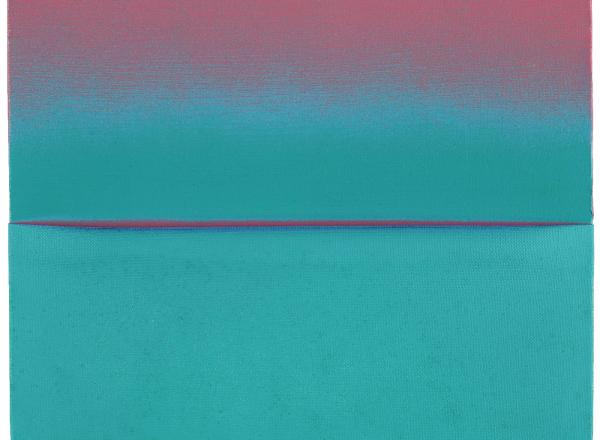
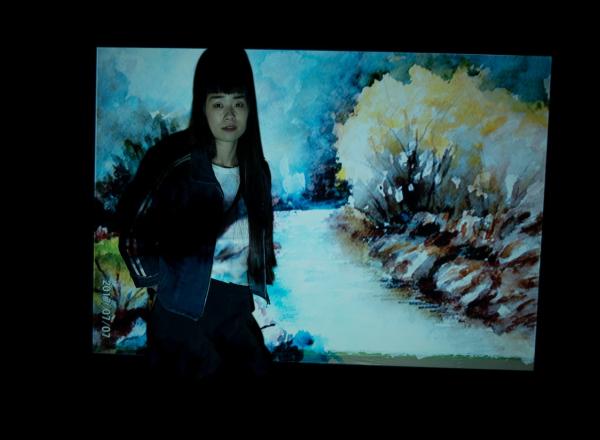
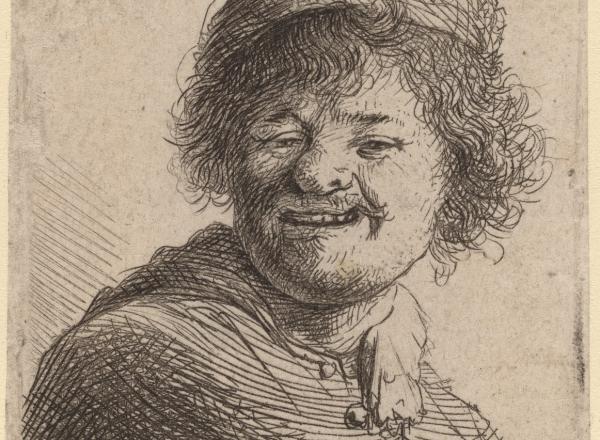
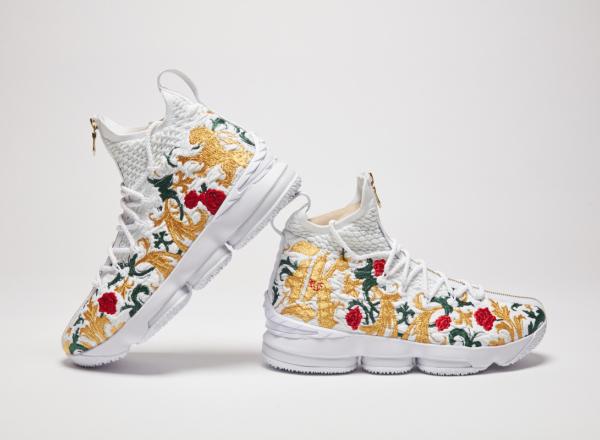

![DEl Kathryn Barton [Australian b. 1972] the more than human love , 2025 Acrylic on French linen 78 3/4 x 137 3/4 inches 200 x 350 cm Framed dimensions: 79 7/8 x 139 inches 203 x 353 cm](/sites/default/files/styles/image_5_column/public/ab15211bartonthe-more-human-lovelg.jpg?itok=wW_Qrve3)




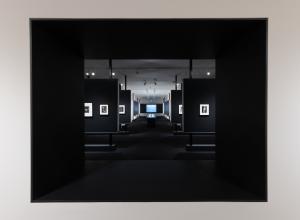



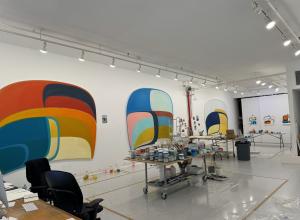


![Ginevra de’ Benci [obverse]. 1474/1478. Leonardo da Vinci. Oil on Panel. Ailsa Mellon Brue Fund, National Gallery of Art.](/sites/default/files/styles/image_5_column/public/ginevradebenciobverse196761a.jpg?itok=hIzdUTaK)





